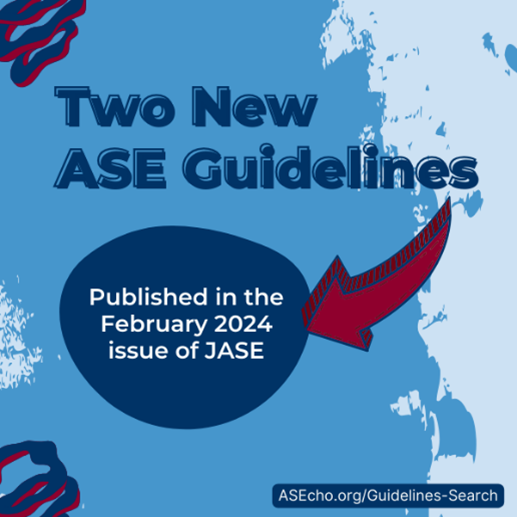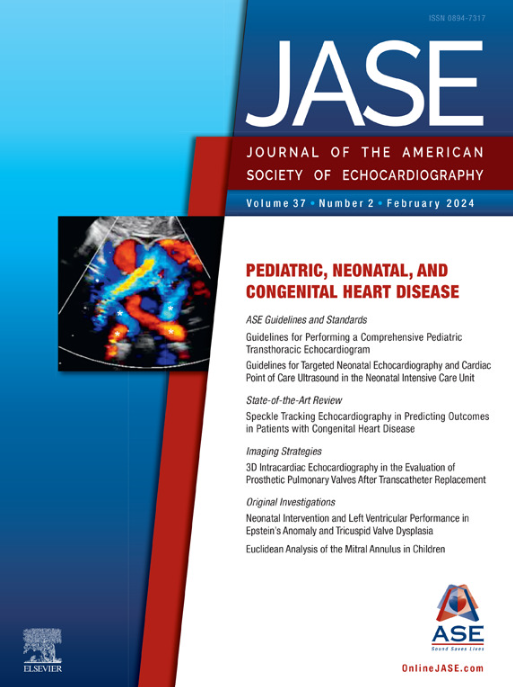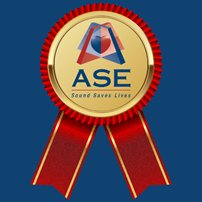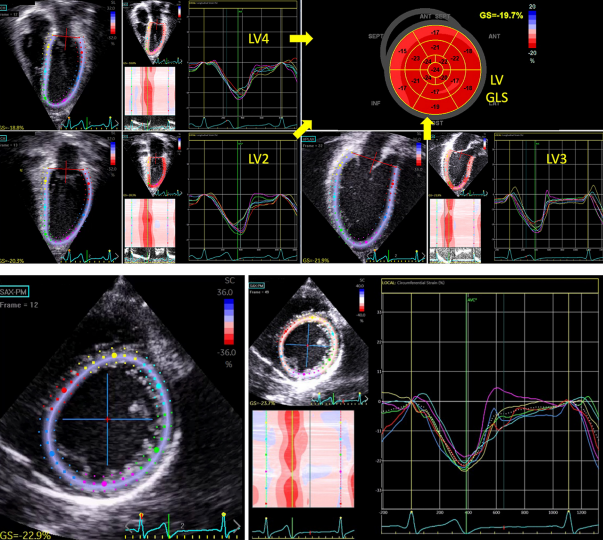This month, ASE published two new guidelines offering updated recommendations on pediatric and neonatal echocardiography, replacing earlier guidelines published by Society. Below the Chair of each guideline shares the importance of the new documents. Visit ASE’s website to read the full news release distributed earlier this week.
The Guidelines for Performing a Comprehensive Pediatric Transthoracic Echocardiogram: Recommendations From ASE writing group Chair Leo Lopez, MD, FASE, says, “In the past decade, the care of children with heart disease has evolved due to improvements in scientific knowledge and technology. Echocardiography has played a major role in this evolution, due to its increasing ability to provide more accurate information related to cardiac anatomy, hemodynamics, and function. The guideline helps organize the capabilities of echocardiography so that it can be used in a rational and logical way when caring for pediatric patients.”
The Guidelines and Recommendations for Targeted Neonatal Echocardiography and Cardiac Point-of-Care Ultrasound in the Neonatal Intensive Care Unit: An Update from ASE writing group Chair Patrick McNamara, MD, FASE, says, “Close collaboration with pediatric echocardiography laboratories and the support of thought leaders in the field have resulted in the success of TNE and the establishment of neonatal hemodynamics programs.”






